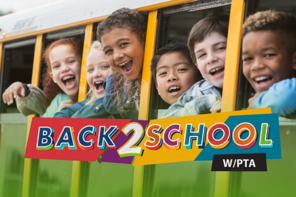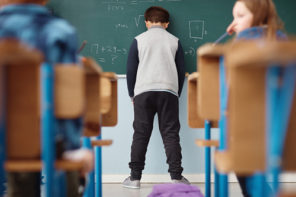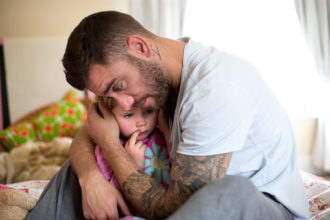Where have all the 5-year-olds gone? This question is being asked in school districts across the country—including, almost certainly, your own. As a result of the pandemic, enrollment in Pre-K and Kindergarten is down—in some cases, dramatically. This has been widely reported: double-digit enrollment declines have hit urban, rural and suburban districts across the country.
What This Means for Students
The challenge this represents is daunting. Today’s “missing” Pre-K students are tomorrow’s kindergartners, and they will be entering school without the benefit of any formal education experience. “We expect that many of these children will be back in our system for next year,” one state education commissioner has said, outlining the challenges that lie ahead.
In young learners, brain development is exponential year-to-year. Sadly, the interrupted education experience of the past year is going to have an impact, putting hurdles in front of young learners for years to come. A child whose learning experience is disrupted will struggle in multiple ways, impacting their ability to gain fundamental skills that are the keys to foundational learning.
What is the Solution?
While not a silver bullet that will address the totality of this challenge, in many cases, help is hiding in plain sight. Schools alone cannot address the impact the response to the pandemic has had on student learning communities—and families—must be supported and encouraged to help.
Simply put, families are crucial to addressing this situation. From serving as tutors to mentoring other parents and caregivers to providing supplemental classroom supplies to bringing educational materials home for summer support, this is an all-hands-on-deck moment. Each of us has an important role to play.
The good news is that when schools and families work together, the students benefit. We know that engaged families improve the student experience. Strong family and community engagement is one of the hallmarks of PTAs.
All Hands on Deck
There are a number of things that we can do to help address this growing crisis:
- Parents should partner with schools (and many already do) to provide resources that a school may struggle to attain. Whether through fundraising efforts or donations of materials, parent groups can make a significant impact simply by supplementing the materials some classrooms lack or don’t have enough of.
- Don’t expect a return to classroom learning to right the educational ship. Schools will have to rebalance classes and curriculum to make up for lost learning during the pandemic. At-home educational materials that are the same or comparable to those at school, can greatly extend the learning day for any child.
- Families and schools should look to proven educational programs and learning resources. A track record of success is a critical indicator of a resource that works. No school has time to waste on untested or unproven educational programs; proving efficacy at the expense of student outcomes is dangerous.
- Understand the difference between “practice” and “instruction.” Students that do not receive instruction on how to form letters, for example, will not be able to practice letter formation on their own. It may seem obvious, but too many early learning programs assume that children start school with basic skills already mastered. We know that this year, especially, that will not be the case.
- Summer 2021 is back-to-school. Given the educational gaps plaguing students across the country, this summer should be seen as valuable learning time. Particularly for the youngest learners, at-home educational materials and learning support can help ensure they are prepared for the upcoming school year.
Prepping for the Return to In-School Learning
As a parent of three young children, I know that in-school learning is only one part of any child’s education. But this formalized setting, with age-appropriate educational materials, socially interactive peer groups, and personalized instruction based on each child’s needs/abilities, is a vital element of a successful lifetime of learning.
With this turbulent year behind them, a return to in-school education represents a singular opportunity to get each child back “on track.” Together, school to home and home to school, we can begin to bridge the learning gaps the response to the pandemic has created.
With so much at risk for so many children, our schools and our students need the active and informed engagement of parents, caregivers, and families—now more than ever.
Terry Nealon is the CEO of Learning Without Tears, a leader in early education, and the father of a fourth-grade boy, a kindergarten girl and a 10-month-old boy.





